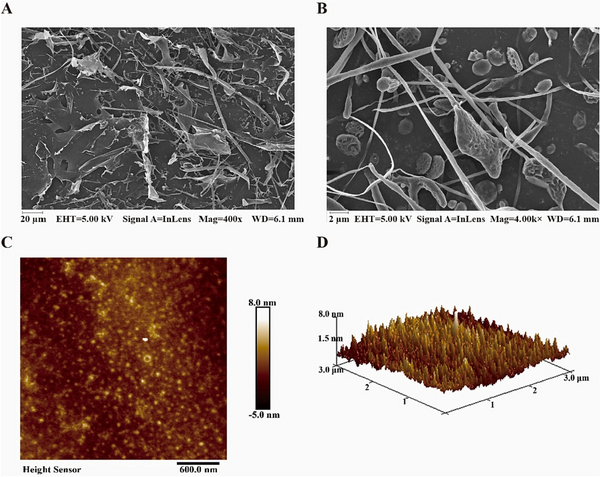Xanthoria elegans, a drought-tolerant lichen, is the original plant of the traditional Chinese medicine “Shihua” and effectively treats a variety of liver diseases. However, thus far, the hepatoprotective effects of polysaccharides,the most important chemical constituents of X. elegans, have not been determined. The aim of this study was to screen the polysaccharide fraction for hepatoprotective activity by using free radical scavenging assays and a H2O2-induced Lieming Xu-2 cell (LX-2) oxidative damage model and to elucidate the chemical composition of the bioactive polysaccharide fraction. In the present study, three polysaccharide fractions (XEP-50, XEP-70 and XEP-90) were obtained from X. elegans by hot-water extraction, DEAE-cellulose anion exchange chromatography separation and ethanol gradient precipitation. Among the three polysaccharide fractions, XEP-70 exhibited the best antioxidant activity in free radical scavenging capacity and reducing power assays. Structural studies showed that XEP-70 was a pectin-containing heteropolysaccharide fraction that was composed mainly of (1 →4)-linked and (1 → 4,6)-linked α-D-Glcp, (1 → 4)-linked α-D-GalpA, (1 → 2)-linked, (1 → 6)-linked and (1 → 2,6)-linked α-D-Manp, and (1 → 6)-linked and (1 → 2,6)-linked β-D-Galf. Furthermore, XEP-70 exhibited effectively protect LX-2 cells against H2O2-induced oxidative damage by enhancing cellular antioxidant capacity by acti vating the Nrf2/Keap1/ARE signaling pathway. Thus, XEP-70 has good potential to protect hepatic stellate cells against oxidative damage.
The link below will guide you to the reading:

